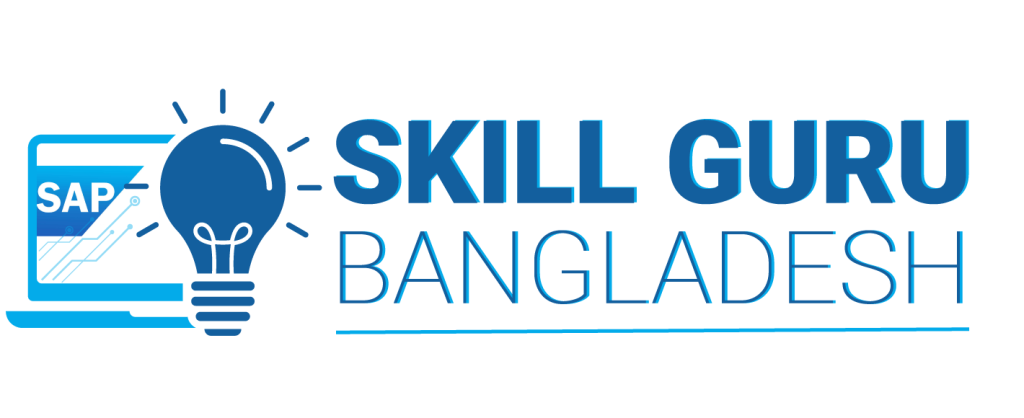SAP FICO ON S/4 HANA
In SAP ERP Central Component, SAP FICO is a crucial core functional element that enables an organization to handle all of its financial data. An business can store a complete copy of their financial transaction data using SAP FICO. SAP FICO is specifically designed to assist businesses in producing and managing financial statements for analysis and reporting as well as supporting efficient business planning and decision-making.
An on-premises enterprise resource planning (ERP) system known as SAP ERP Central Component (SAP ECC) is also referred to as simply “SAP ERP.” ECC benefits from SAP FICO’s financial accounting and controlling capabilities.
There are two sections in SAP FICO: SAP Finance (FI) and SAP Controlling (CO). Each of which is employed in a particular financial procedure. SAP FI
SAP FI Module
Financial statements can be created by enterprises using SAP FI for reporting and analysis. Balance sheets and profit and loss statements are two examples of financial statements. The following sub-modules of SAP FI deal with particular accounting processes:
- All of the company’s transactional information is organized on a chart of accounts in the general ledger. This contains a list of each account in the database. Sub-modules that can be updated in real time with general ledger data are used to record transactions.
- Customer transactions are recorded and customer accounts are managed through accounts receivable. The execution of customer reports, invoice posting, credit memo posting, down payments, and invoice payments are all examples of transactions.
- All interactions with vendors and controlled vendor accounts fall under the category of accounts payable. Invoice posting, credit memo posting, down payments, invoice payments, automatic payments program, and executing vendor reports are just a few examples of transactions.
- Asset accounting oversees all of the business’s fixed assets, such as real estate, construction projects, and large pieces of machinery. Asset purchases, retirement, sales, transfers, revaluations, and depreciation are all examples of transactions.
- All bank account activity and information for the company are handled by the bank ledger. It can check all transactions in the system with those on bank statements to reconcile them.
- By combining the financial accounts of many businesses through consolidation, the company can get a comprehensive picture of its overall financial situation.
- The company’s revenue and cost budgets are managed by Funds Management.
- The SAP FI ledgers are defined by Special Purpose Ledger for reporting needs.
- Booking trips and managing travel-related expenses are only a few of the transactions that Travel Management manages.
SAP CO Module
SAP CO supports processes to plan, report on, and monitor costs associated with business operations, in contrast to SAP FI, which deals with an organization’s accounting and internal and external reporting. SAP CO can play a key role in raising business profitability. Like SAP FI, SAP CO is made up of sub-modules that deal with particular processes:
- Cost Elements, based on profit and loss statements, also known as income statements, gives a broad picture of all the company’s costs and revenues. The genesis of the costs is described by cost element accounting. Cost factors are distinct expenses that the business has.
- The expenditures related to the organization’s internal divisions or departments, such as sales, production, marketing, or human resources, are dealt with by cost centers. Cost centers only include expenses; they exclude revenues.
- All cost information pertaining to the company’s business lines is handled by profit centers. In contrast to Cost Centers, which solely deal with expenses, it deals with both expenses and income.
- Smaller internal projects or non-fixed assets, such as a temporary marketing campaign, are managed using Internal Orders.
- The business can evaluate the profitability of its products thanks to profitability analysis. Profitability analysis, for instance, can be helpful when deciding on issues like product pricing, distribution methods, and target market segments. Additionally, it enables several levels of granularity in the analysis of profitability, such as for every country, type of product, and route of distribution, or profitability for each individual client.
- Data about the expenses incurred in producing the company’s products and services is managed through product costing. Analyzing product costs can assist manage production costs and maximize efficiencies.
